Little Museums across Central Mass. show history hiding in every corner
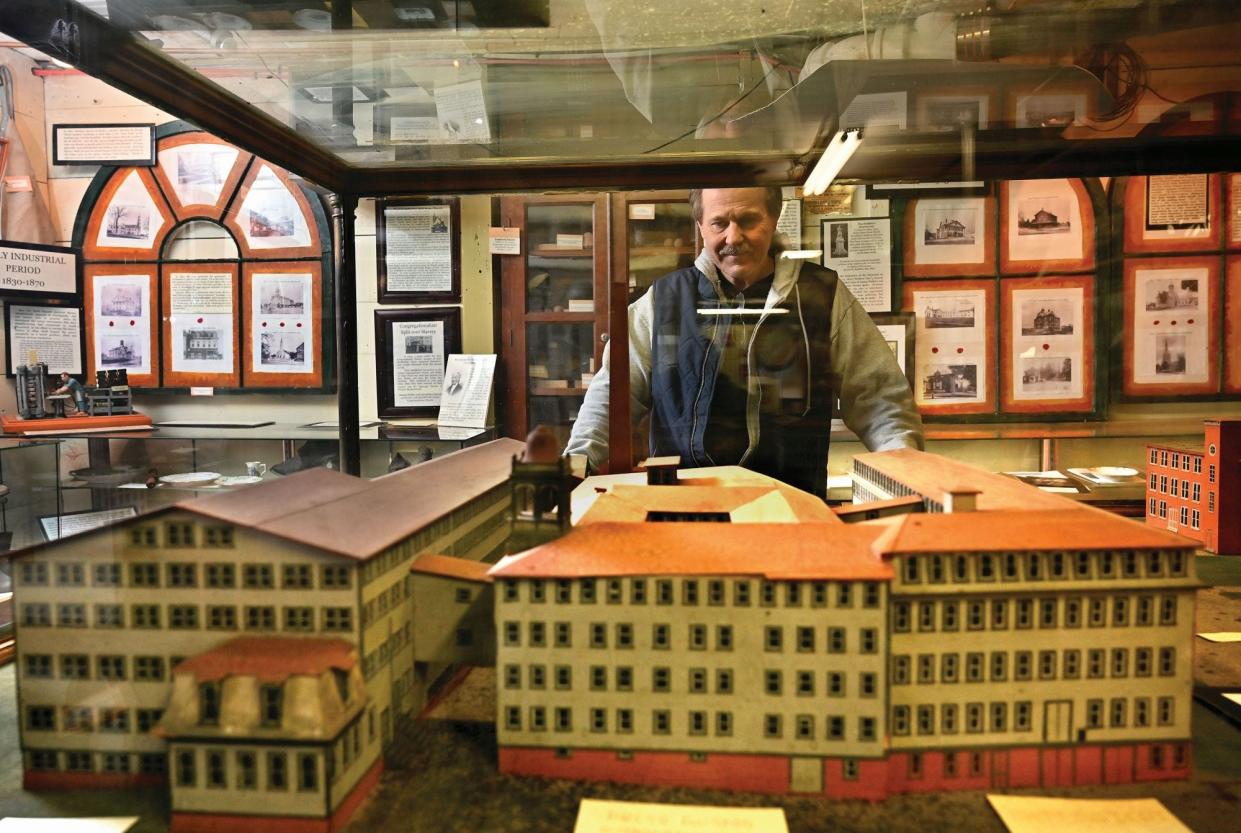
- Oops!Something went wrong.Please try again later.
If you are wondering where to find a carved whale’s tooth, shoes for slaves or maybe a door to a Revolutionary War prison, they may be on display right around the corner.
There are some pretty amazing treasures stored away in historical societies in Central Massachusetts. The museums range from the large collection at the Worcester Historical Museum to small displays in rural libraries and town halls.
Leominster’s Historical Society got its start in the late 1800s when the Leominster Public Museum was created in the city’s public library during an upsurge in interest in history and discovery. Leominster residents developed an expanded view of local history.
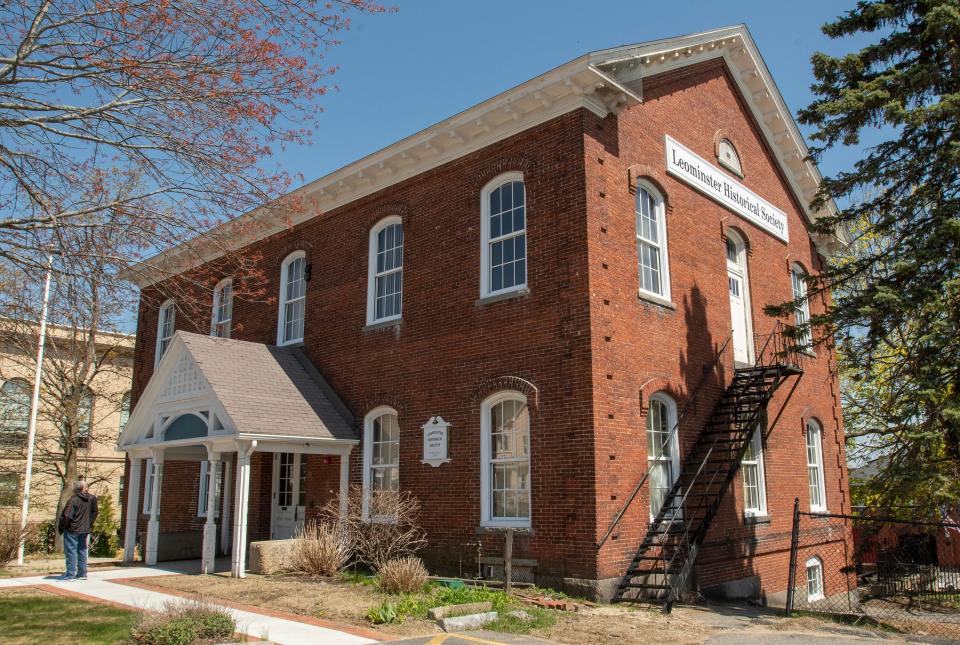
“They also collected the natural history of the world,” Mark C. Bodanza said. indicating an unusual exhibit in the current museum, a former school at 17 School St.
Leominster, known for plastics manufacturing and Johnny Appleseed, has in its museum wooden Dutch shoes, mosaic tiles from Pompeii, an urn from a tomb in ancient Athens, a native American peace pipe and carved whale’s teeth, and much more.

There are always surprises in local historical societies. Have you ever seen a Kiribati? Do you even know what it is? Leominster has one. It is a whale-tooth sword from the Kiribati Islands in the west-central Pacific Ocean.
Leominster also has a Chinese vase said to have been brought from China to Peru in 1867. In 1875, a Leominster native obtained it and brought it home with her. These interesting oddities are what first attracted Bodanza, a lawyer and author, to work with the historical society.
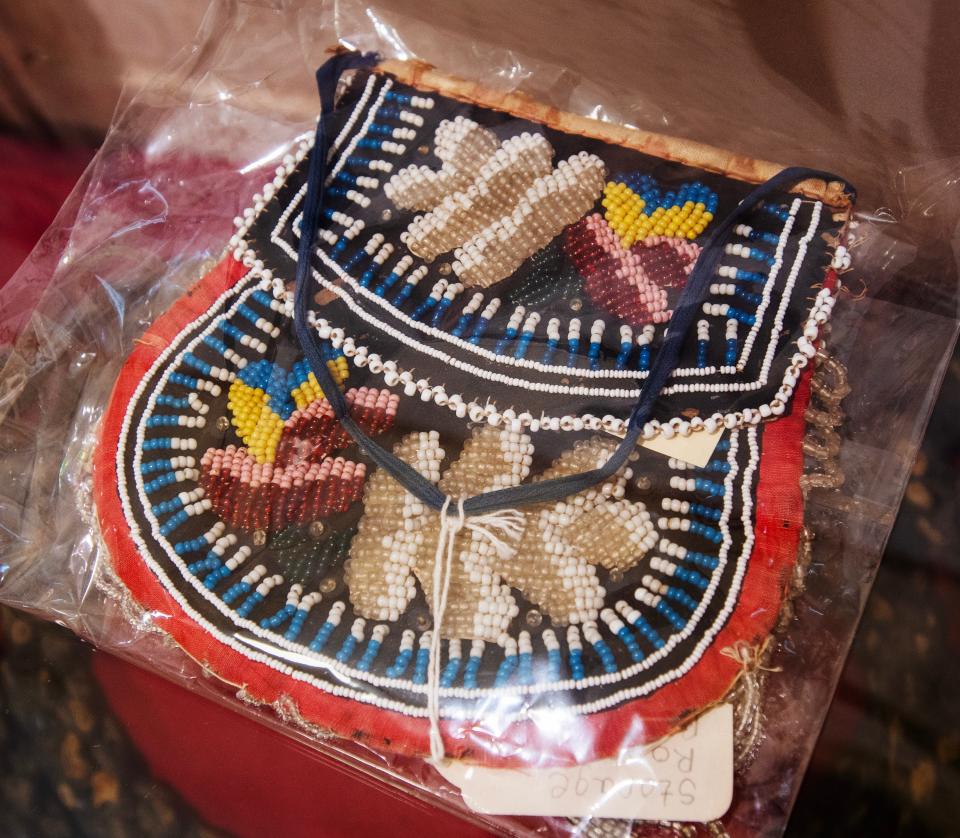
“When I was young the Public Museum fascinated me,” he said.
In the 1960s the city also offered a local history curriculum in its school.
One of Bodanza’s books focuses on abolitionists Frances and Jonathan Drake, who were active in the underground railroad. The historical society has a collection of items from the Drake family including a beaded purse sent to Mrs. Drake by freed slave Shadrach Minkins. Minkins was rescued from a Boston court before a slave catcher could return him to the south. The Drakes helped hide him before he escaped to Canada.

Bodanza was involved in an effort to preserve the Drake home at 21 Franklin St. It is now owned by the city of Leominster and operated as a museum by the historical society.
The museum has other reminders of the ongoing struggle against racial bigotry and hate. Stored in the museum are Klu Klux Klan robes worn by local Klansmen during the 1920s.
The museum also has an extensive gun collection which includes a rifle reputed to have been captured by the Green Mountain Boys in the Revolutionary War battle of Fort Ticonderoga.
Bodanza said historical societies often operate on small budgets and volunteer help donations are always welcome. The Leominster Museum is generally open Tuesdays and Saturdays from 9 a.m. to 12 p.m.
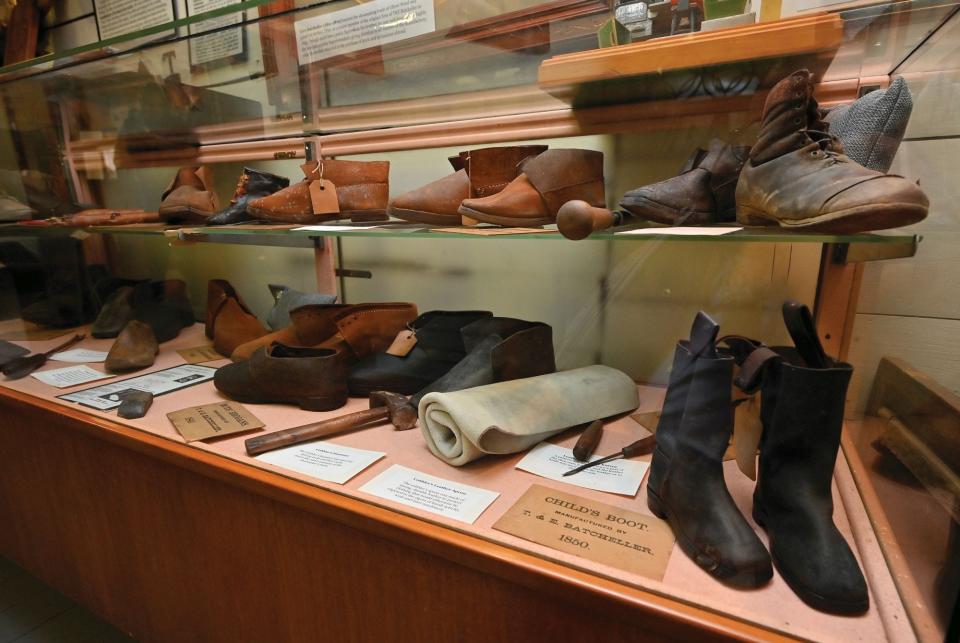
North Brookfield
The North Brookfield Historical Museum is tucked away on the bottom floor of a downtown building at 197 Main St., with its front door down an alleyway.
It is small but packed with history. As you walk in, it would be hard to miss a large model of the Batcheller Shoe Co., which was the largest employer in the town’s history.
“At its height it was the largest shoe manufacturer in the United States,” said curator Brendon Avery. More than 1,200 people worked there.
The model was made to promote the company at the 1893 Chicago Exposition. Before the Civil War, the company made shoes for many purposes, but major customers included Southern plantations buying shoes for slaves. Avery said that trade ended during the war when the plantations stopped paying their bills. Offsetting those losses, the company acquired a contract to make shoes and boots for the Union Army. Russet Brogans, the shoes made for the plantations, are displayed in the museum.
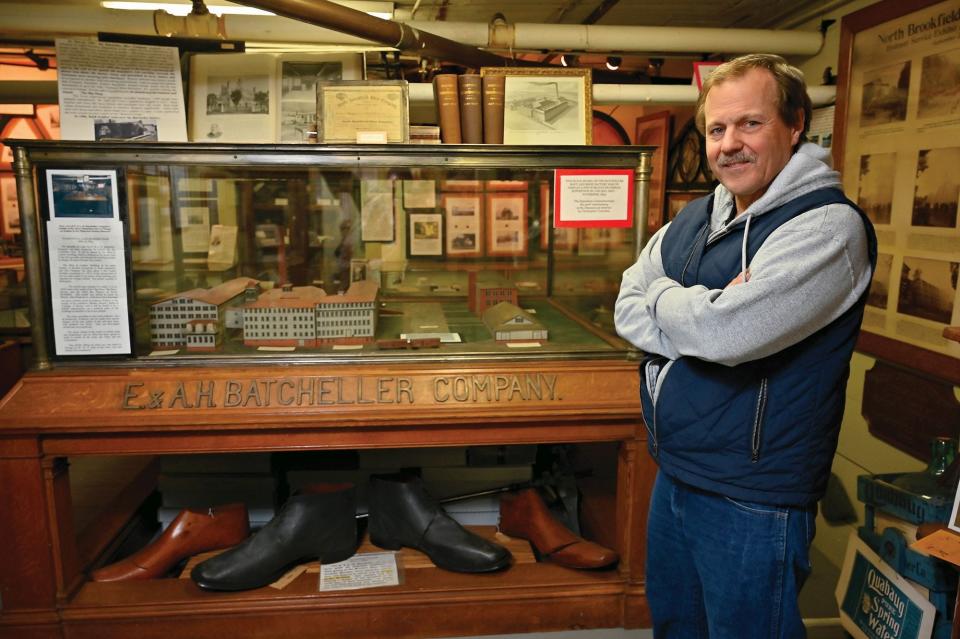
On a happier note, North Brookfield was the summer home of song and dance man George M. Cohan, famous for songs like “Grand Old Flag,” “Yankee Doodle Dandy,” and “Give my Regards to Broadway.” He was a childhood friend of Hall of Fame baseball manager Connie Mack, who grew up in East Brookfield. The two returned to North Brookfield in 1934 to promote a game between locals and Mack’s team, the Philadelphia Athletics, to raise money for a gravestone for Martin Bergen. Bergen, a North Brookfield resident, played for the Boston Beaneaters. A talented player, in 1900 he developed mental illness at age 28, and murdered his wife and two children before killing himself. His brother Bill Bergen was also a professional ball player.
Cohan later staged a performance in town of his production of Eugene O’Neill’s play “Ah Wilderness.”The museum’s trove of quirky history includes memorabilia of Tryphose Bates-Batcheller, the wife of shoe manufacturer Francis Batcheller and a noted singer of limited ability. She performed all over the world and was tolerated because of her wealth. She was a socialite and who wrote about her society adventures.“She was an interesting woman even though she was an upper class snob,” Avery said.
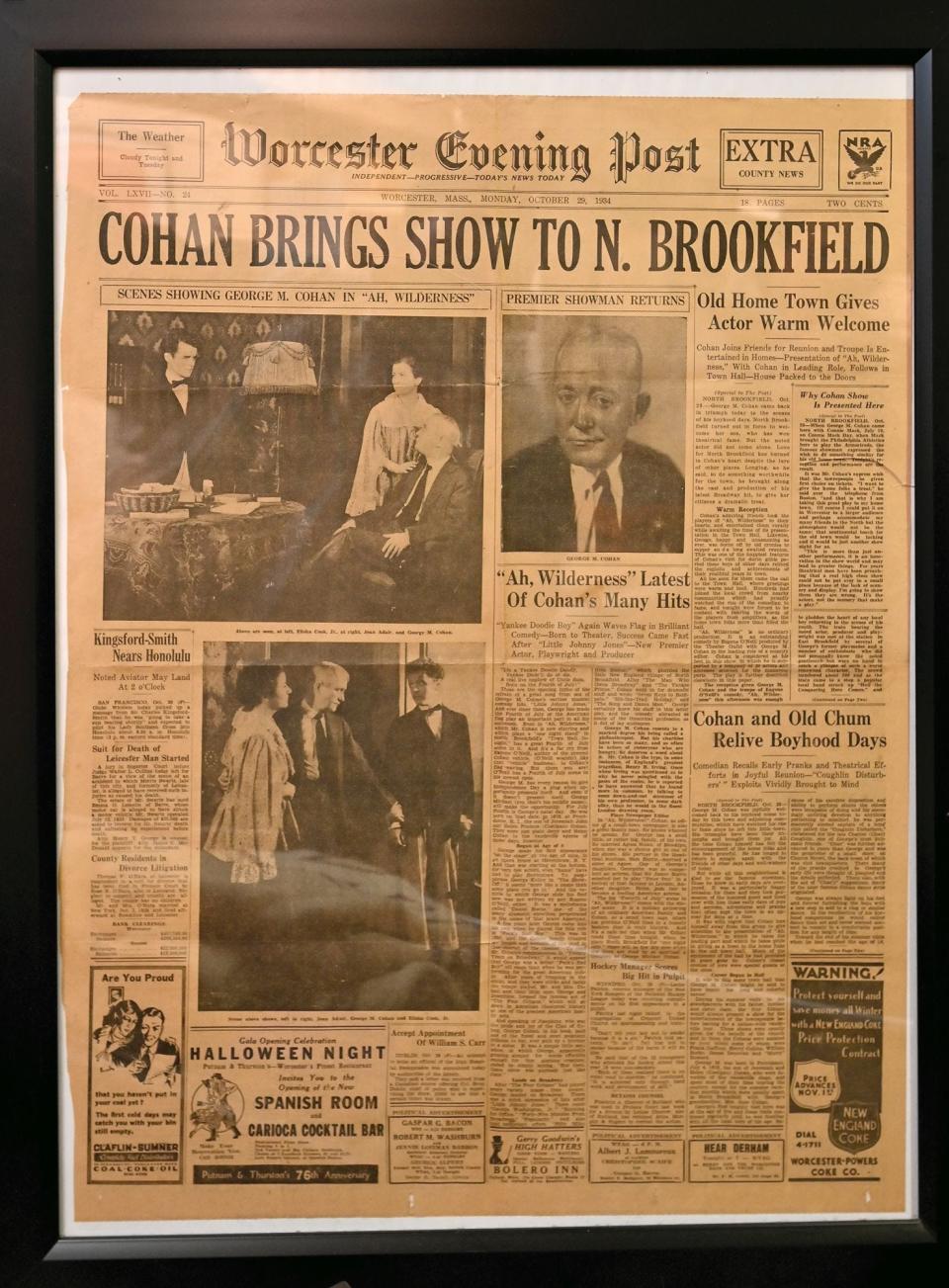
Batcheller was in Paris when the Nazis invaded. She managed to escape Europe and spend the rest of the war safe in America.
The museum has regular hours Sundays from 2 to 4 p.m. in May, June, September and October.
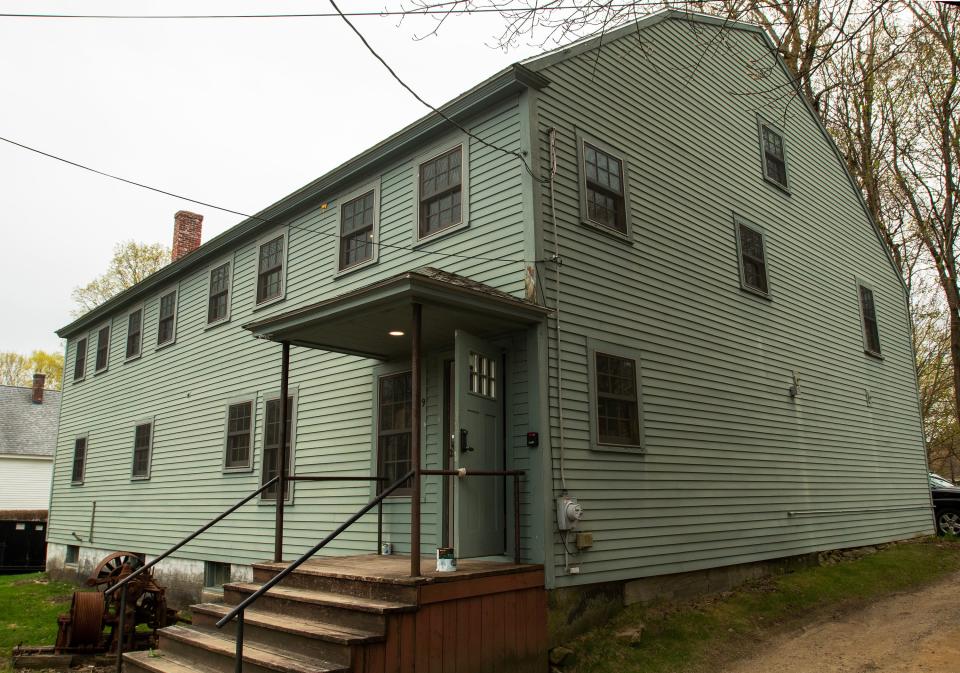
Narragansett Historical Society, Templeton
For many years, the struggle at the Narragansett Historical Society in Templeton was to find room for its collection packed in its museum at 1 Boynton St.
By later this summer, it will still overflow with history dating back more than 260 years, but much more will be displayed, both at its main museum and at the former Templeton Grange Hall nearby on Hubbardston Road.

The Grange building is a former tin shop run by John Boynton. Boynton was among the founders of Worcester Polytechnic Institute in Worcester. The hall has been under renovation since 2015.
Brian Tanguay, president of the society, said the work has been with volunteers, grants and donations. There is still much to do, but the second floor will be the first to open. It includes a hall and stage — some of the highlights of the museum collection will be displayed up there.

The project has required some ingenuity. The museum has a large stained glass window from Templeton’s former Trinitarian Church which was torn down in the 1950s. It is 14.5-feet tall and several feet wide. To get it onto the second floor, a hole was cut in the outside wall and then into the ceiling so that it can stand to its full height and be illuminated.
“It’s 6 inches taller than the ceiling,” Tanguay said, pointing to a raised section of the ceiling where it will be displayed.

The window is beautiful and worth the fuss. The only survivor of the church’s three large windows, it depicts Jesus and Mary in beautiful detail. The society believes it was made by Tiffany & Co.
The museum also cut a hole in another wall to bring in the dial of a large 1762 tower clock which was once in the First Congregational Church in Ipswich. The Ipswich church replaced it with another clock and later gave the old clock to the Narragansett Historical Society.
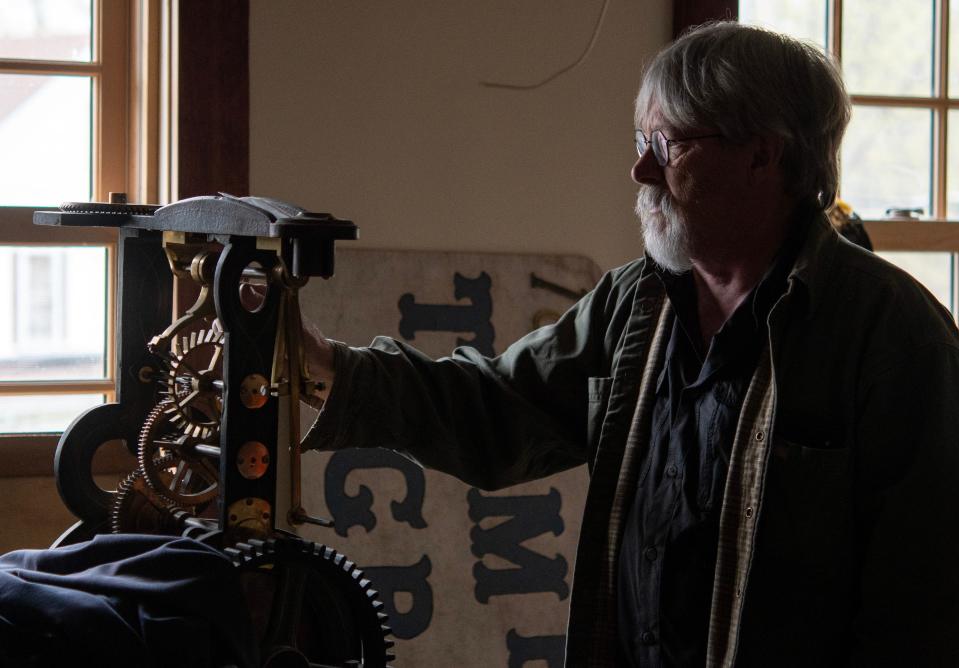
The clock was made in England the same year Templeton was founded. It will be displayed along with an 1872 tower clock made by E. Howard clockmakers of Boston which came from a Baptist Church in Baldwinville.
Among the treasures in the society’s main building on the town common are nationally recognized miniature paintings by two sisters who grew up in town, Sarah and Eliza Goodrich. Sarah was trained by artist Gilbert Stuart who, among other works, created the portrait of George Washington found on the $1 bill. He was also one of her subjects. Her most notorious painting, however, is called “Beauty Revealed.” It depicts her bare breasts surrounded by a white cloth. She sent the work to orator and U.S. Senator Daniel Webster as a sign of her affections. The Narragansett society has a copy of the painting on display, which is covered with a piece of cardboard when schoolchildren visit. The original is in the Metropolitan Museum of Art in New York City. Templeton’s museum also has the second largest collection of originals of the Goodrich sisters’ works.
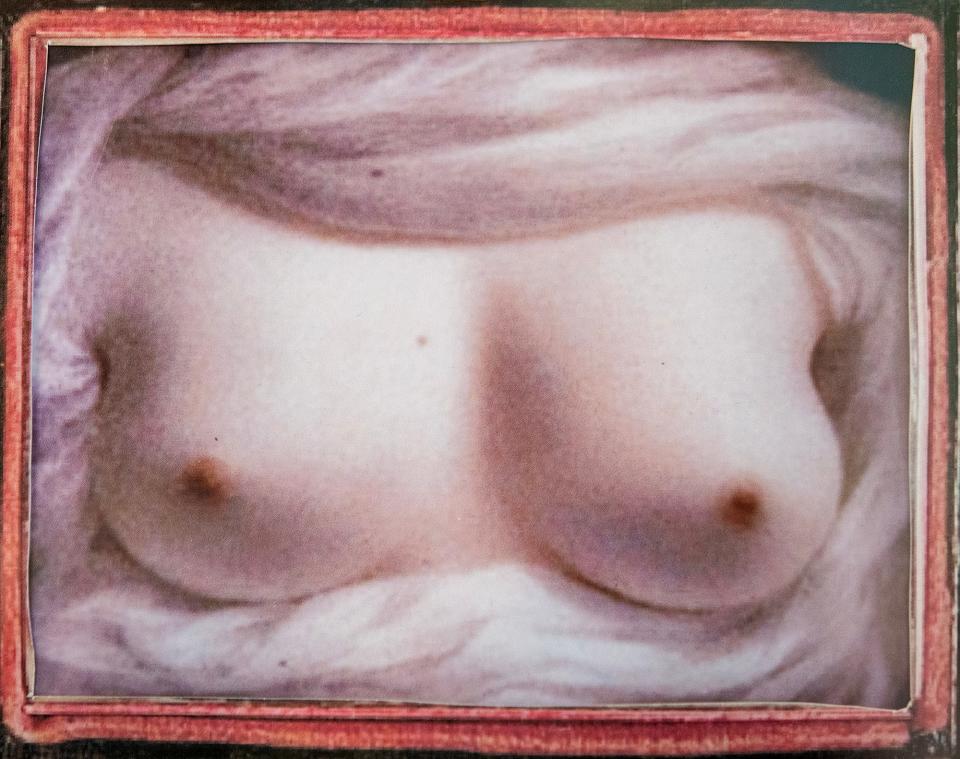
The main museum is open Tuesdays from 6 to 8 p.m. and Saturdays during the summer from 1 to 5 p.m. The Grange Hall hours are still to be determined.
Rutland Historical Museum
In many ways, Rutland is a classic New England town, so steeped in history one can imagine farmers gathering to march off to Lexington to fight the British.
What the town was best known for in the late 19th and early 20th centuries was not farming or patriots, but hospitals.
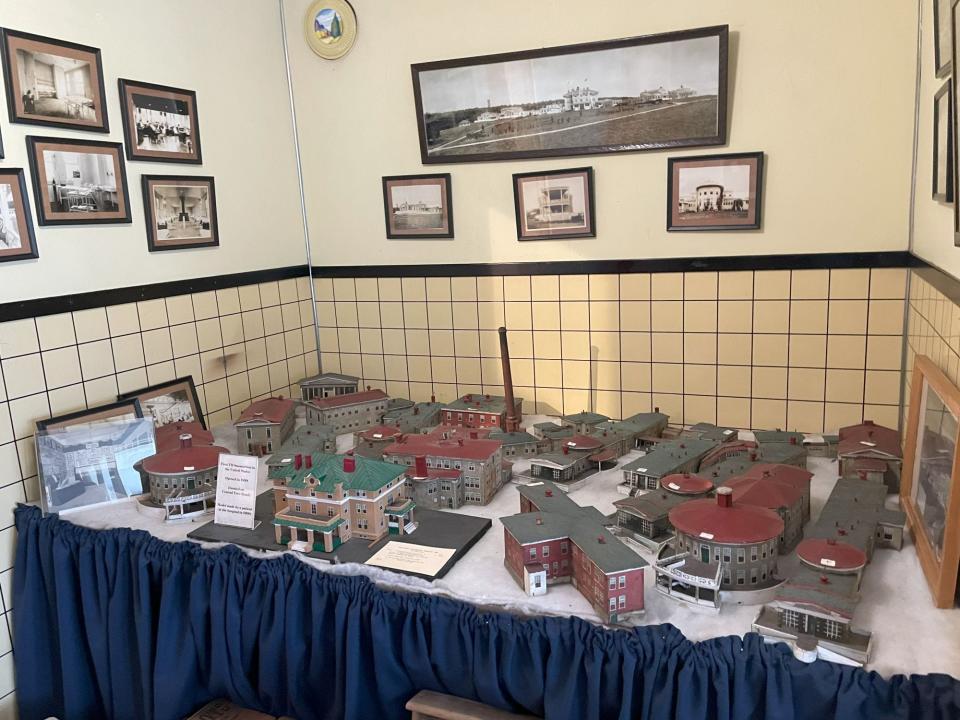
“At one time Rutland was the tuberculosis center of the universe,” said Scott Davis who with his wife Anne curates the Rutland Historical Society.
The town attracted thousands of people seeking treatment for tuberculosis and their families as well as doctors and nurses. There were state, federal, religious, private and prison sanitoriums in town.
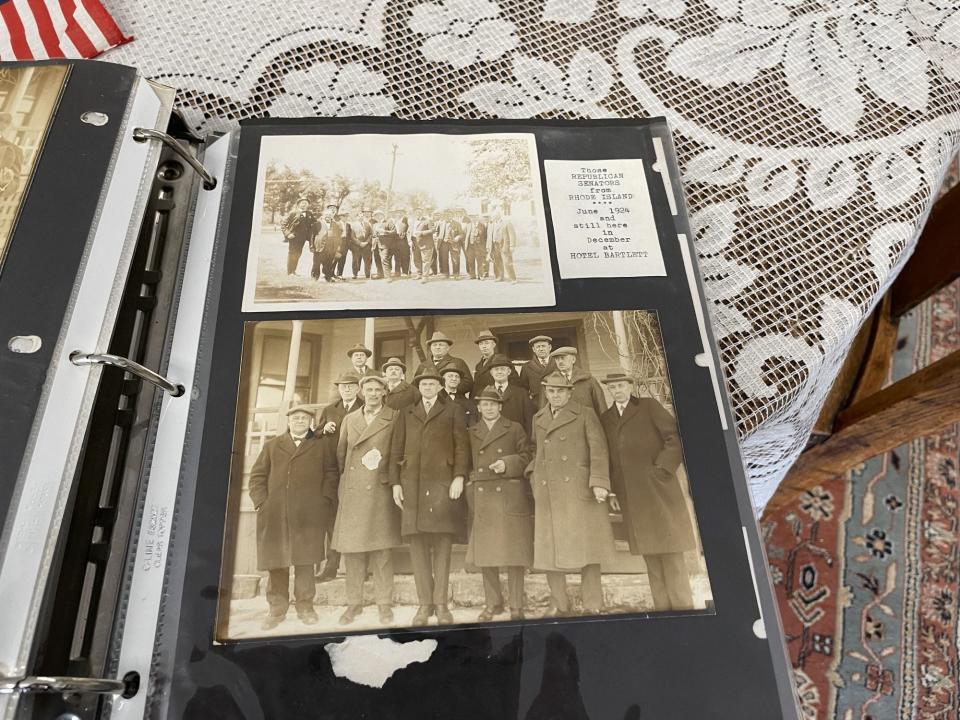
“Tuberculosis was really rampant back then,” Davis said.
Davis said that at the time the town became a tourist center with hotels built to accommodate visitors.
Insight into the history of tuberculosis in Rutland can be found at its Historical Society Museum, at 232 Main St. One of those people who came for the cure was Franklin T. Wood, an accomplished illustrator of magazines who grew up in Boston. He moved to Rutland for the cure. He found that and true love. He married local nurse Hazel Morris and remained in town the rest of his life.
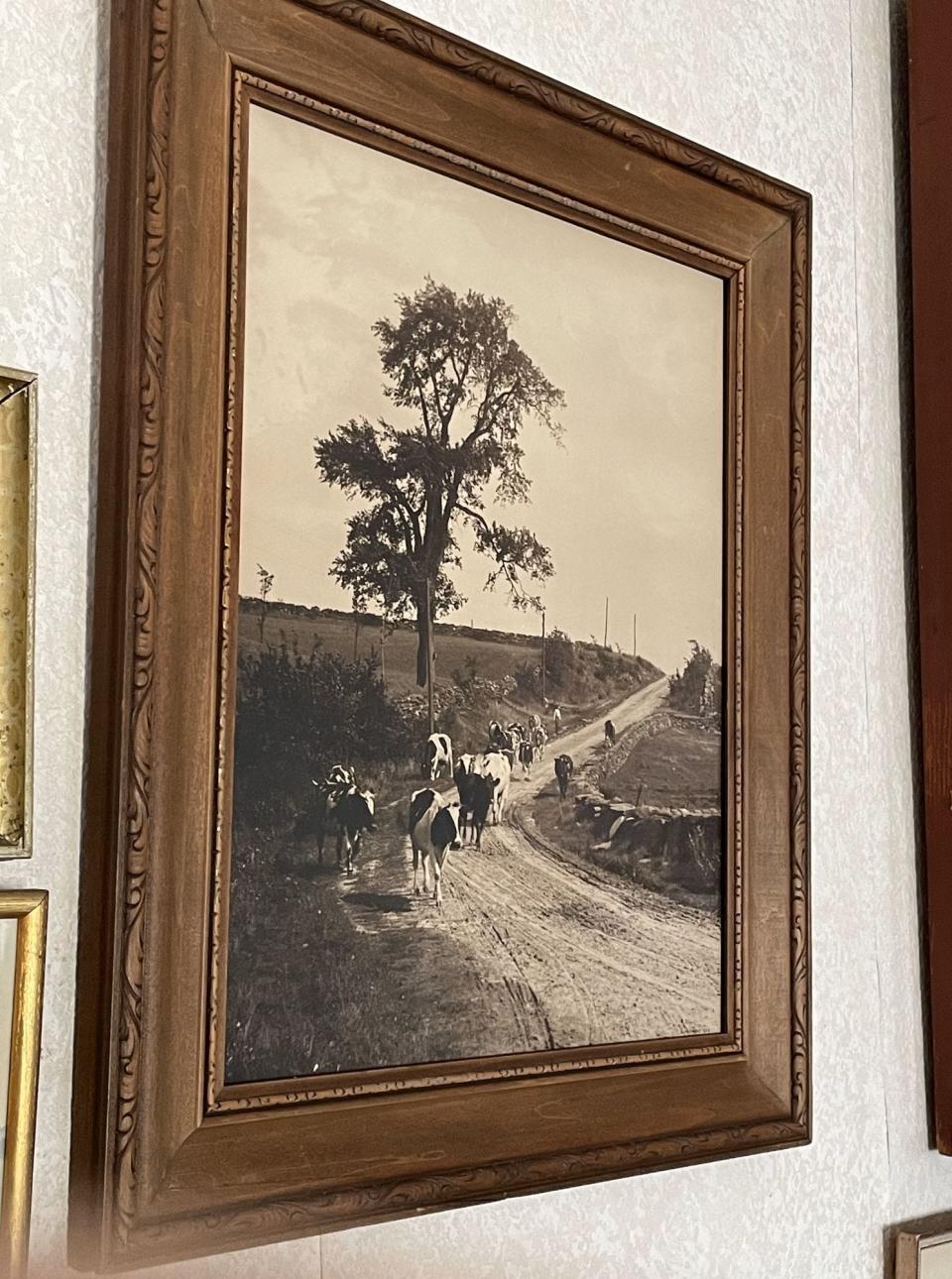
Wood’s works, some done with local residents as models, appeared in magazines of the day including “The Youth’s Companion,” the “Boston Home Journal” and Frank Leslie’s “American Home Illustration.”
The Woods lived in the bungalow that is now the historical society building, where many of his paintings, sketches and magazine covers are on display.
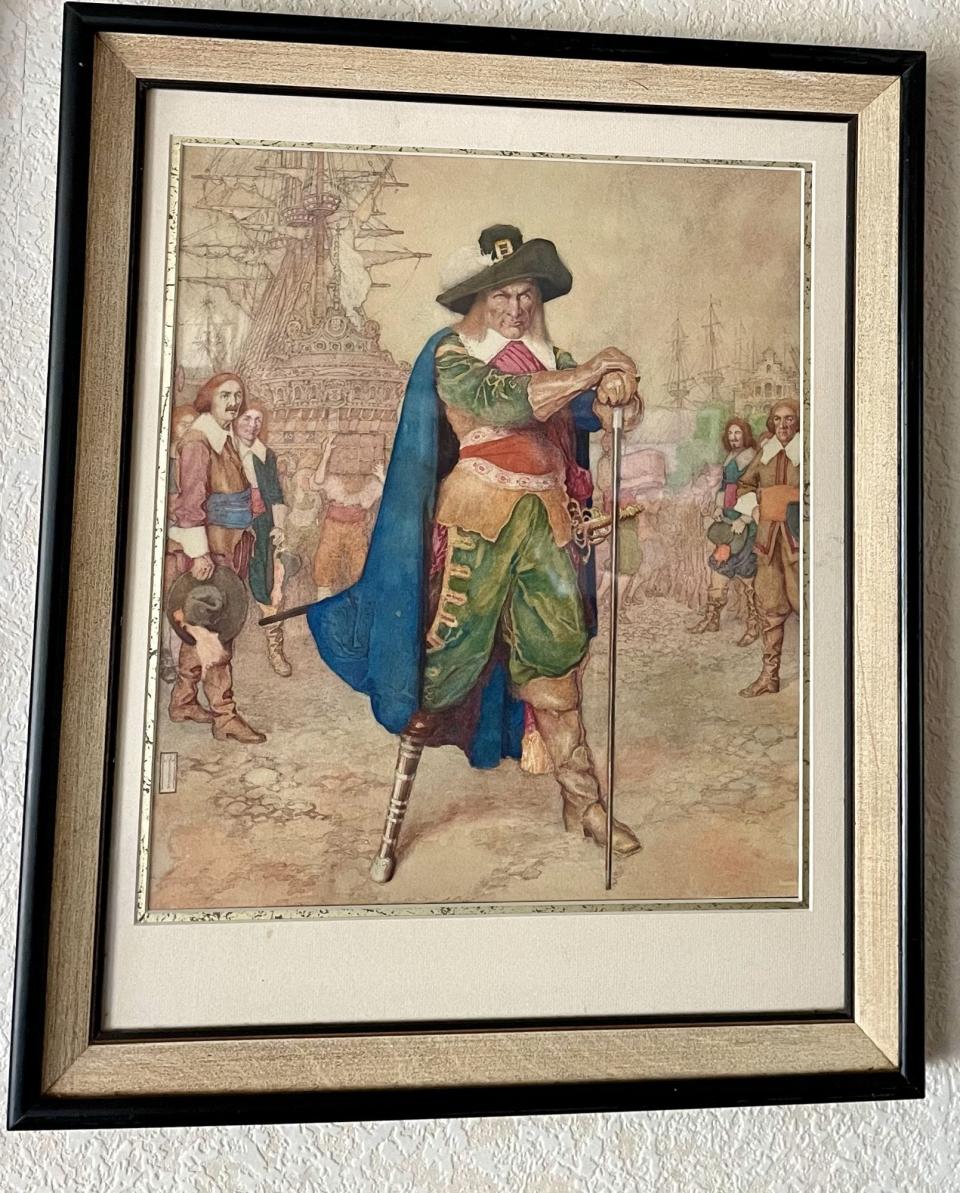
Wood was treated at the Massachusetts State Tuberculosis Sanatorium, which was later named the Rutland Heights State Hospital. It was one of many places treating the disease. In the historical society is a large model of the buildings that made up the state hospital. The model was created by a patient treated there. Other history in the collection is a photograph of the Central Elm Tree planted to mark where a British crown survey marked the geographic center of Massachusetts. Also, there is an entertaining scrapbook of photographs detailing a visit to the town in 1924 by runaway Republican senators from Rhode Island hiding out to prevent a quorum needed to vote on certain legislation.
The senators stayed at Rutland’s Bartlett Hotel for nearly seven months, taking part in the town’s Fourth of July parade, hiking Mount Monadnock and even holding a wedding for a daughter of one of the politicians.The historical collection also includes a door and fence rail from a barracks built to house British and Hessian soldiers captured during the Revolutionary War.
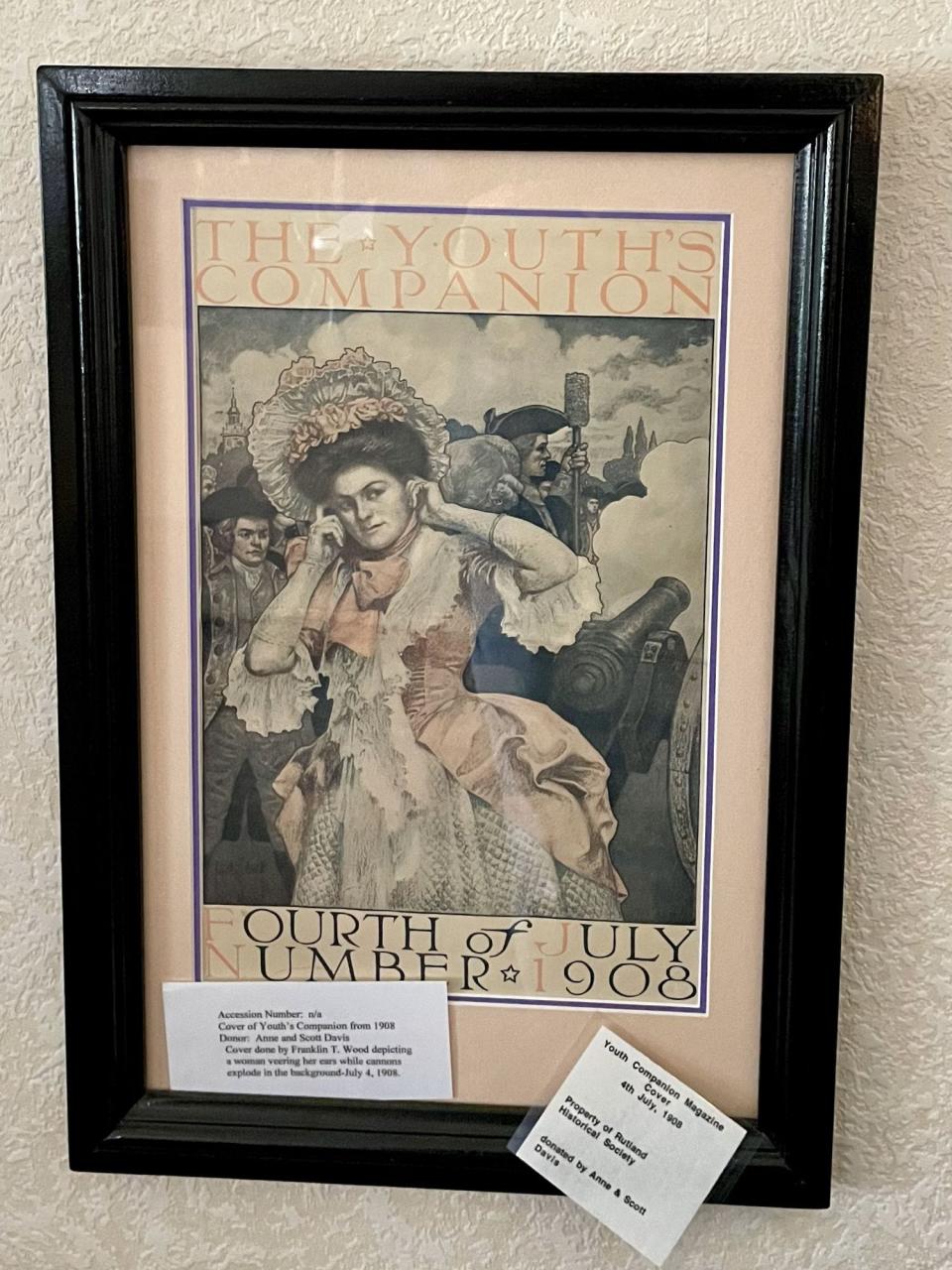
The Rutland Historical Society Museum at 232 Main St. is not regularly open to the public at present due to a need for more volunteers, but its collection is worth seeing.
Links to historical societies throughout Massachusetts may be found online at www.masshome/histsoc.
This article originally appeared on Telegram & Gazette: Central Mass. little museums yield mysteries and treasures

